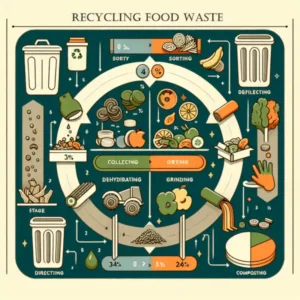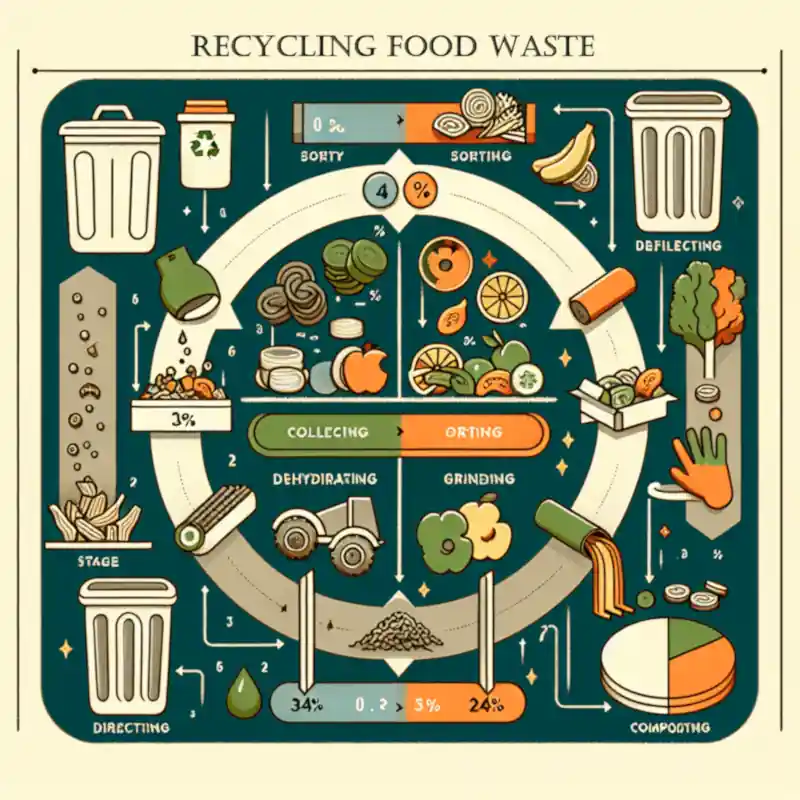Food waste separation is a crucial aspect of waste management, which plays an instrumental role in environmental conservation. It is primarily concerned with the segregation of food waste from other types of waste to facilitate recycling and composting. Key to its effectiveness is the concept of efficiency rates, which measure the success or otherwise of these separation initiatives.
Food waste separation efficiency rates refer to the percentage of food waste correctly separated from other types of waste in a given system. These rates are instrumental in determining how much food waste can be diverted from landfills and directed toward more sustainable disposal methods like composting or anaerobic digestion.
Understanding these efficiency rates involves several elements. First is knowing what constitutes food waste. This typically includes all parts of food that are not consumed, such as peels, bones, shells, spoiled or excess foods among others.
The second element is understanding how the separation process works. In many residential and commercial settings, this involves specific bins for organic or food waste. Users are encouraged to dispose of their food waste separately from other kinds of waste like plastics, metals or paper. This separated food waste can then be treated differently – often by composting or anaerobic digestion.
The third element is measuring the rate itself: this is done by calculating the amount (by weight usually) of food waste that has been properly separated versus the total amount of generated waste. The higher this rate, the greater percentage of total generated food waste is being correctly segregated and processed separately.
However, achieving high levels of efficiency can be challenging due to various factors such as lack of awareness about correct separation practices among consumers and issues related to collection logistics. Operators should adopt the best guidance on depackaging machines including our own here.
Educational campaigns have proven effective at increasing these rates by informing individuals about why it’s necessary to separate their food scraps and how they can do it properly at home or workplace. Such campaigns stress how efficient separation helps reduce greenhouse gas emissions because when organic matter decomposes in a landfill it releases methane, a potent greenhouse gas.
 Technological advancements also aid in improving food waste separation efficiency rates. Innovations such as smart bins equipped with sensors to identify and separate different waste types automatically contribute significantly towards this cause.
Technological advancements also aid in improving food waste separation efficiency rates. Innovations such as smart bins equipped with sensors to identify and separate different waste types automatically contribute significantly towards this cause.
Moreover, legislations mandating the separation of organic waste are an effective tool to increase these rates. For instance, municipalities introducing laws that require residents to separate food scraps from their regular trash have reported higher efficiency rates.
In conclusion, understanding food waste separation efficiency rates is integral to successful waste management. Through consumer education, technological innovation, and supportive legislation, we can continue improving these rates – contributing towards a more sustainable and environmentally friendly world.

